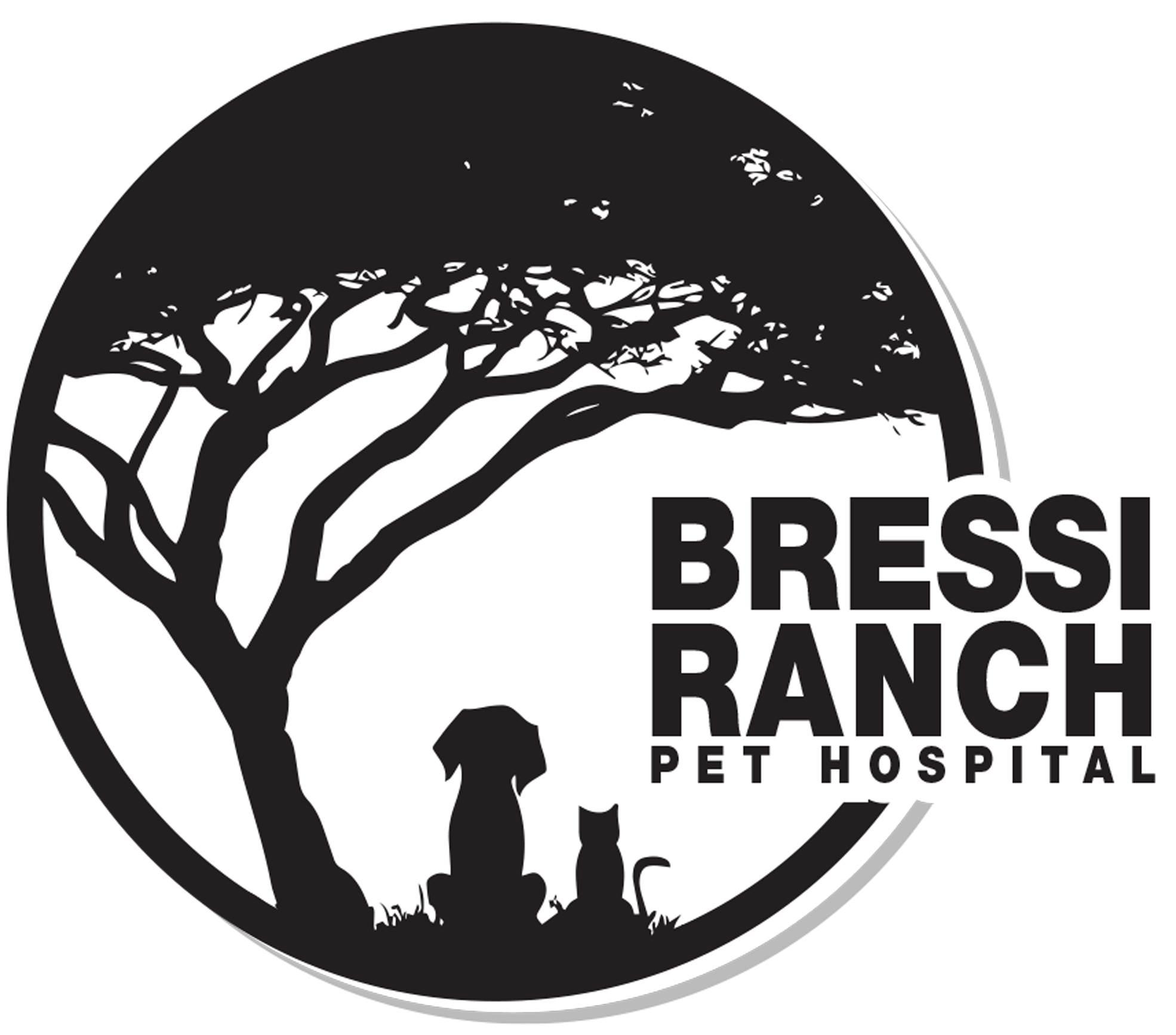Library
-
Puppy Behavior and Training: Sit, Down, Stand and Stay
Debe utilizarse un trocito de comida como premio, mantenerlo sobre la nariz del perro y desplazarlo lentamente hacia arriba y hacia la cola del perro. El cachorro se sentará al seguir la comida con la cabeza.
-
Getting Your Puppy Started Off Right
Cuando el cachorro llega a casa necesita un periodo de adaptación. El objetivo es ayudarle a unirse rápidamente a la familia y minimizar el estrés asociado a la separación de la madre, los hermanos y la casa previa. La presencia de otro perro en la casa puede facilitar la transición, ya que al cachorro le resulta más fácil identificarse con los de su misma especie.
-
Play Biting in Puppies
A menudo se cree que el mordisqueo en los cachorros se debe al cambio de dentición, pero con frecuencia se trata de una forma de juego social. Hay que ofrecer a los cachorros muchas oportunidades para jugar.
-
A caesarean section is a major surgery to help deliver puppies, usually performed in an emergency. After surgery, the dog may be sleepy but should be able to eat a high-quality diet and nurse puppies within a few hours. The dog should be monitored for fever, abnormal vulvar discharge, and abnormalities at the incision.
-
Pet owners may not realize that caffeine can be harmful to their pets. They also may not know that many foods and drinks in their cupboards contain caffeine. This particular chemical can be toxic for both cats and dogs.
-
These two conditions are the result of calcium being deposited within the skin. They are usually of minor significance in young dogs and cats but can indicate serious underlying diseases in older pets. This handout describes the different types of calcinosis circumscripta and cutis and associated causes, clinical signs, and treatments.
-
Calcitriol is used off label and is given by mouth or injection to treat low blood calcium levels associated with low parathyroid hormone, as well as chronic kidney disease, certain cancers, and certain skin diseases. Side effects are uncommon if the dose is appropriate.
-
Calcium acetate is given off label and by mouth to treat elevated blood phosphorus levels, especially due to kidney disease. Side effects may include nausea or stomach upset. This medication should not be used in pets that are allergic to it or have high blood calcium levels. If a negative reaction occurs, please call your veterinary office.
-
Calcium carbonate + chitosan (brand name Epakitin®) is a phosphorus binder and calcium supplement. It is used to treat high blood phosphorus levels in cats and dogs with chronic kidney disease and to treat low blood calcium levels in cats, dogs, and other species.
-
Calcium oxalate bladder stones are composed of a mineral called calcium oxalate. Cats are more likely to develop oxalate stones when their urine contains high levels of calcium and oxalate. Additionally, a low urine pH promotes the formation of oxalate stones. Bladder stones can cause significant inflammation and irritation of the bladder wall. Signs may include frequent urination, straining to urinate, blood in the urine, and urinating outside of the litterbox. Male cats especially are at risk of a life-threatening urinary obstruction. Treatment options and prognosis are discussed.
